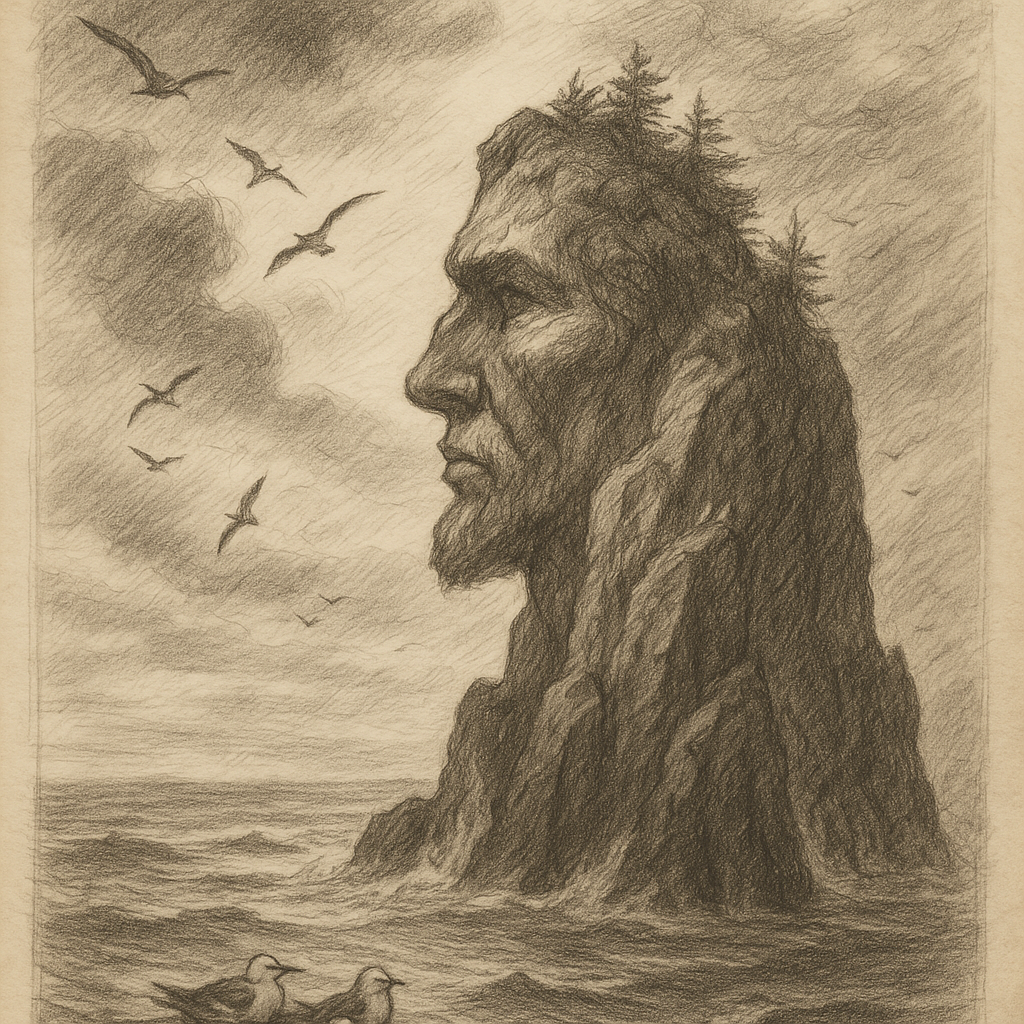Inaccessible Island: A Remote Natural Sanctuary
Inaccessible Island is a rugged, remote and uninhabited volcanic island situated in the South Atlantic Ocean. Part of the Tristan da Cunha archipelago—a British Overseas Territory—the island is located approximately 45 km southwest of Tristan da Cunha, its nearest neighbouring landmass. As its name suggests, Inaccessible Island is notably difficult to reach, a fact that has helped preserve its pristine ecosystems and unique biodiversity. Below, we explore the island’s geography, ecology, research significance, as well as lesser-known facts and legends that surround it.
Geographical Isolation
Inaccessible Island lies at 37.3°S latitude and 12.7°W longitude, almost equidistant between the continents of South America and southern Africa. Stretching roughly 12.65 km² in area, the island is of volcanic origin and features a rugged, mountainous terrain with steep cliffs rising sharply from the ocean, making it treacherous to land. The highest point on the island is Cairn Peak, which reaches an elevation of 449 meters (1,473 feet) above sea level.
Despite its proximity to Tristan da Cunha, Inaccessible Island’s sheer cliffs and rough seas have consistently challenged would-be visitors. As a result, the island remains one of the most untouched landmasses on Earth. Its isolation has profound implications for both its ecosystems and historical perception.
Ecological Significance and Biodiversity
Inaccessible Island forms part of a UNESCO World Heritage Site, shared with nearby Nightingale and Gough Islands, due to its unparalleled ecological value. The island supports a diverse array of flora and fauna, many of which are endemic and found nowhere else in the world.
Among the most well-known species is the Inaccessible Island rail (Atlantisia rogersi), the world’s smallest living flightless bird. This elusive creature is roughly the size of a sparrow and is found only on this island. Other endemic species include the Inaccessible bunting and several unique invertebrates and plants. The island’s vegetation is characterized by dense tussock grass, ferns, and moss-covered grounds, providing critical habitat for nesting seabirds.
Inaccessible Island serves as an important breeding site for several globally significant seabird populations, including the sooty albatross, Tristan thrush, and various storm petrels. Its surrounding waters are teeming with marine life, including elephant seals and multiple whale species, reinforcing the island’s importance as both a marine and terrestrial sanctuary.
Scientific Exploration and Conservation
Although inhospitable to permanent settlement, Inaccessible Island has attracted sporadic scientific interest since the 19th century. The first recorded landing occurred in 1816 when a shipwrecked American sealing crew was stranded there for several months. Since then, scientific expeditions have been limited but invaluable in cataloguing the island’s unique ecosystems.
Today, conservation efforts are tightly regulated. Unauthorized landings are prohibited without the express permission of the Tristan da Cunha Island Council. These restrictions aim to safeguard the pristine ecology from invasive species and ecological degradation, especially in light of past disasters on nearby islands caused by introduced mammals such as rats and mice.
Fascinating Facts
Despite being largely inaccessible, the island has developed a mythical status among naturalists and explorers. Here are a few fascinating points about this enigmatic piece of land:
– The island’s name was coined by French Captain d’Etchevery in 1778 upon encountering the incredibly steep and unwelcoming coastline. His ship found it impossible to land, hence the name “Inaccessible.”
– Inaccessible Island is one of the few places left on Earth with no permanent human footprint. There are no roads, buildings, or infrastructure on the island.
– In the 1930s, a group of adventurers mounted an attempt to colonize the island, but after a week of enduring unforgiving conditions, they abandoned their efforts, leaving with a renewed respect for its isolation.
– David Attenborough’s BBC documentary teams have featured the island, highlighting its unique biodiversity and the crucial need for conservation without direct human interference.
Legend and Lore
Like many remote and mysterious places, Inaccessible Island has its share of maritime legends and folktales passed down by seafarers and islanders from Tristan da Cunha. One popular tale speaks of a hidden pirate treasure buried in a cave on the island’s northwestern shore. According to legend, a rogue Portuguese captain, pursued by British frigates in the early 1700s, made landfall on the island and hid his stolen riches in a subterranean chamber before perishing in the elements. Despite numerous searches over the years, no evidence has ever surfaced to confirm the existence of such a treasure.
Another enduring myth involves mysterious lights sometimes reported from Tristan da Cunha, believed by locals to come from Inaccessible Island. Some say they are the spirits of shipwrecked sailors who still roam the island’s cliffs at night, while others attribute them to the island’s natural gas seeps igniting occasionally under specific conditions—a phenomenon that has never been scientifically verified.
Access and Preservation
Access to Inaccessible Island remains extremely limited. Only scientific researchers with special permits are allowed to visit, often arriving by boat from Tristan da Cunha under strict environmental protocols. The journey is perilous and highly dependent on weather and sea conditions.
The island’s extreme isolation has proven both a blessing and a curse; while it shields the environment from human disturbance, it also makes emergency response and ecological monitoring a complex mission. Fortunately, the Tristan da Cunha government, along with global conservation organizations, continues to prioritize the preservation of this rare ecological gem.
Conclusion
Inaccessible Island is more than just a name—it encapsulates an enigma of nature, mystery, and conservation. From its sheer cliffs and elusive fauna to the legends whispered among local communities, the island remains one of Earth’s final frontiers. Its resistance to human presence, combined with its ecological purity, renders it a symbol of the power and fragility of our planet’s remote natural habitats. Inaccessible not just by name, but by spirit, the island stands as a timeless monument to the wonders that thrive beyond the edge of reach.


